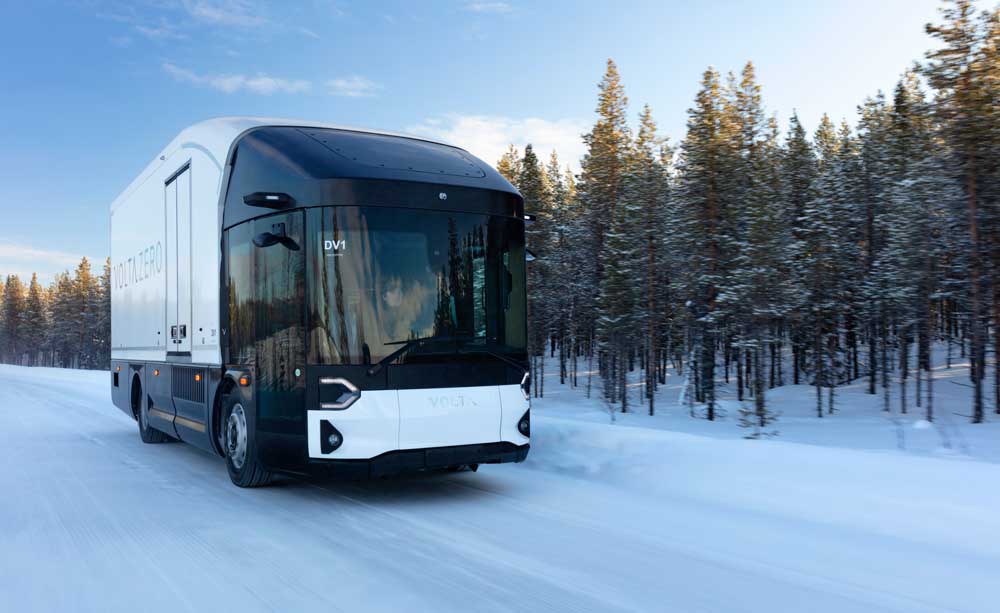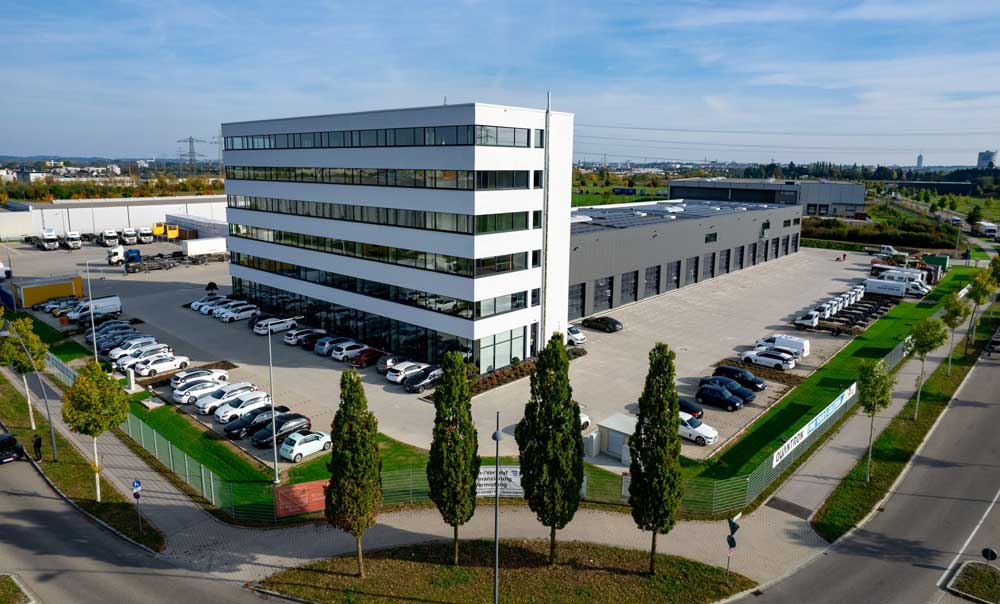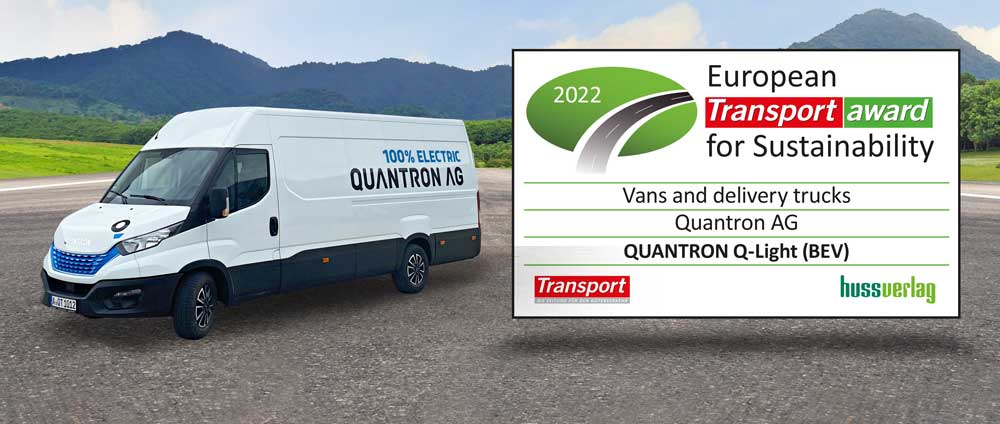Navya, a leading company in autonomous driving systems, launches a level 4 fully autonomous shuttle service, meaning without a safety operator on board. This service has been launched progressively since June 22nd at the National Sport Shooting Centre (NSSC) in Châteauroux, France, in partnership with Keolis.
A decisive step towards a fully autonomous commercial offering
Since June 22nd 2020, the “Autonom Shuttle Evo” shuttle has been circulating within the National Shooting Sport Centre allowing athletes and visitors to move from the car park to the reception area. With a distance of 1.5 km, this route is carried out at a maximum speed of 18 km/hour.

This launch is a decisive step towards the development of a transport offering that integrates level 4 full autonomy vehicles (which corresponds to a real autonomy without a safety operator on board). This service is carried out in complete safety for passengers and other road users.

The service also marks the first-ever global deployment of the “Autonom Shuttle Evo“, the result of six years of experimentation and nearly 200 Navya deployments worldwide. This new “Autonom Shuttle Evo” version incorporates essential improvements to achieve level 4 autonomy, including:
- Autonomization of functions to offboard the safety operator in a remote supervision center;
- Reinforced and optimized sensor architecture to offer a wider vision and guarantee safety;
- Revised user experience (passenger information banner with visual and audible announcements, optimized access for people with reduced mobility);
- Enhanced connectivity to remotely monitor vehicle status in real time and ensure secure predictive maintenance.

Gradual and secure implementation
Thanks to the continuous improvement of the “Navya Driver” autonomous driving software and the sensor architecture of the “Autonom Shuttle Evo“, the shuttle operates without a safety driver, in a determined environment and on a predefined route, with off-board supervision that can take control of the vehicle in real time, if necessary. The presence of other users (pedestrians, cyclists and other vehicles) on the site is regulated thanks to secure access and reduced driving speed.

In later stages of the experiment, the shuttle will be supervised from a remote control centre. The shuttle will operate on a route that includes a multi-lane road and intersections with connected traffic lights.

Etienne Hermite, Chief Executive Officer of NAVYA says: “The integration of this level 4 fully autonomous service operated by Keolis is an important step for Navya. We want to demonstrate that we are going to provide a truly autonomous transport service. This is the key to deliver on the promise of driverless and the business model associated. Indeed, even at controlled speed and in a controlled environment, there are countless commercial uses (industrial sites, campuses, tourist sites, etc.) that represent as many opportunities for our technology. In the coming months, we will focus on taking the steps that will enable us to commercialize these use cases.”










